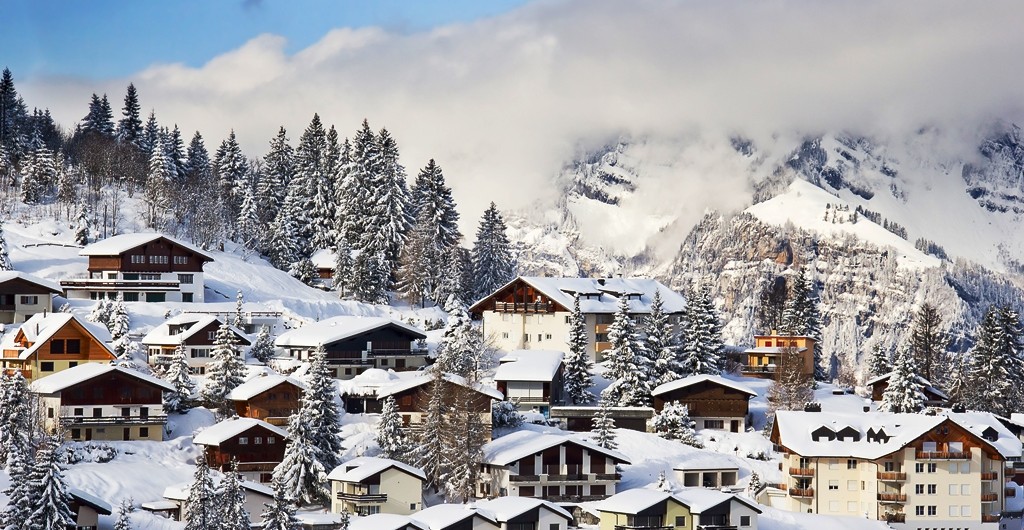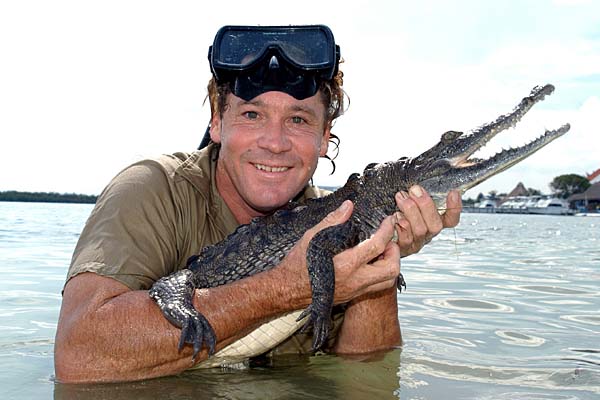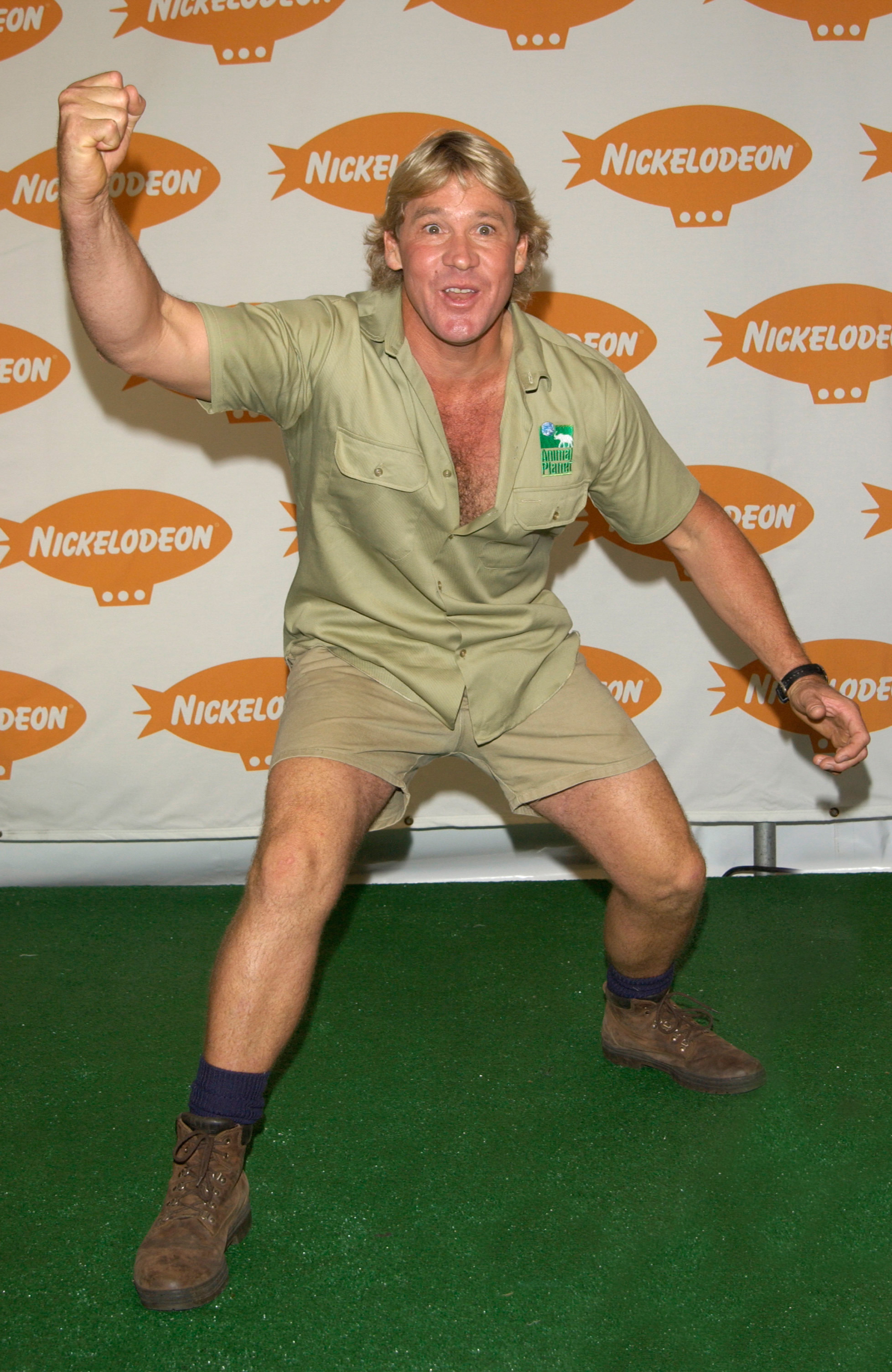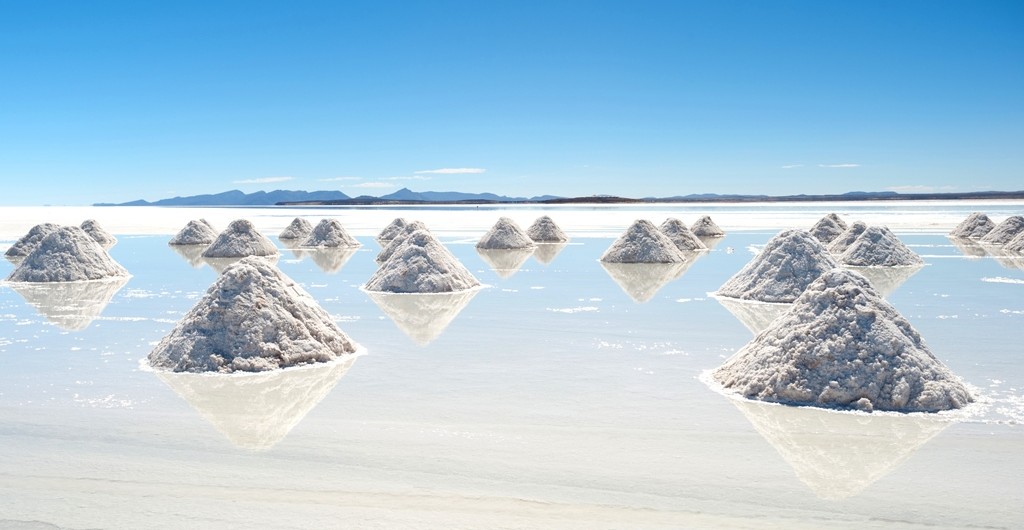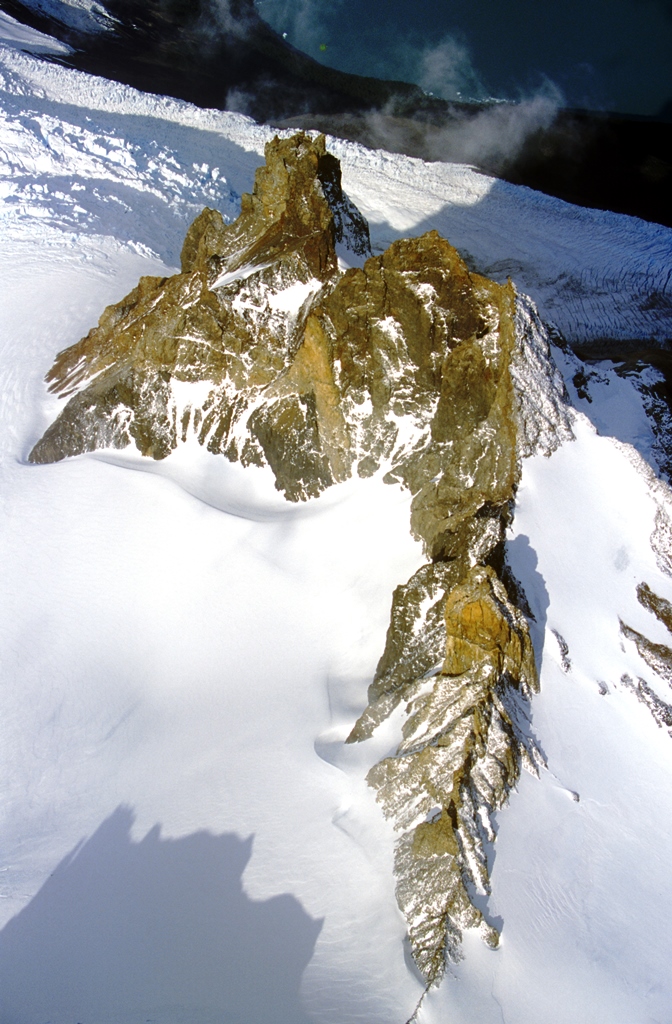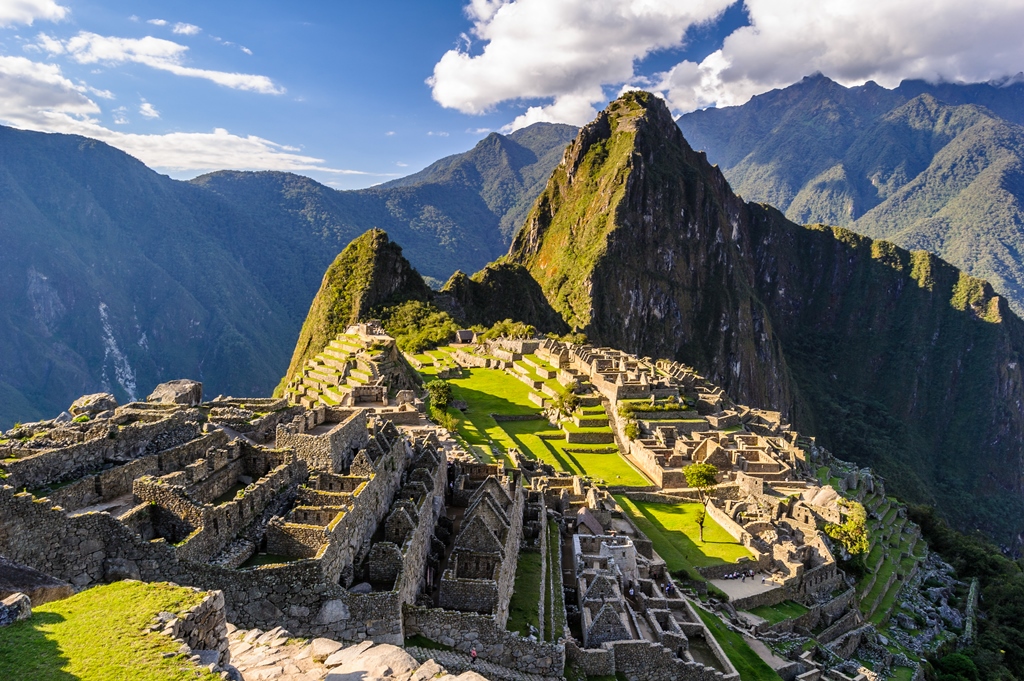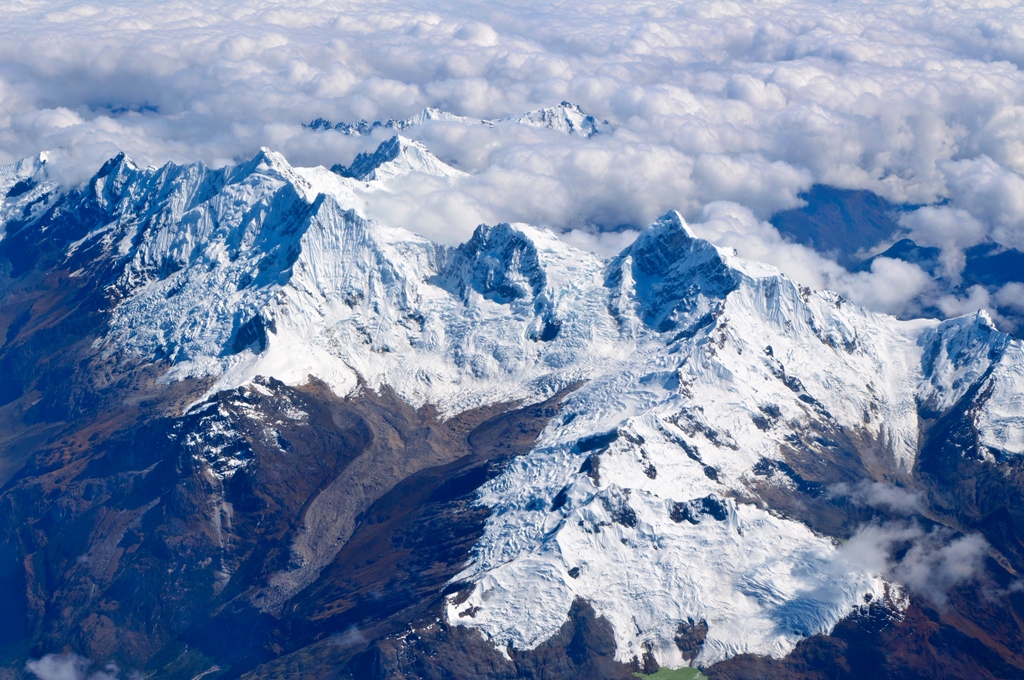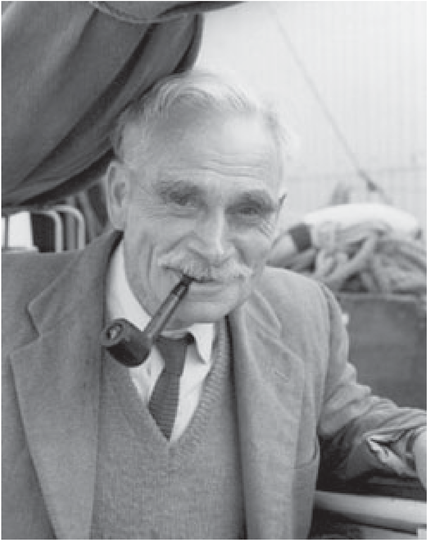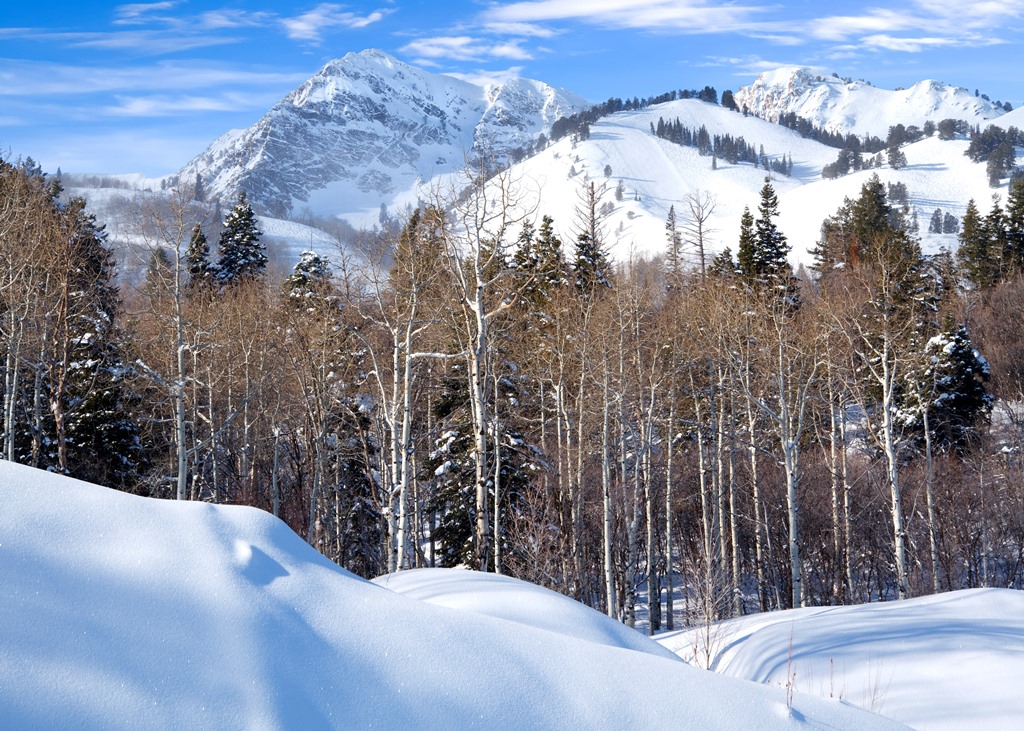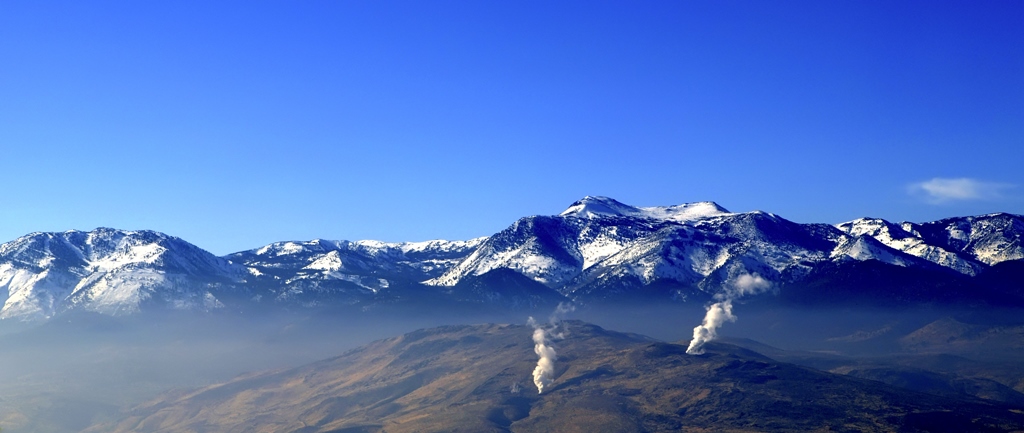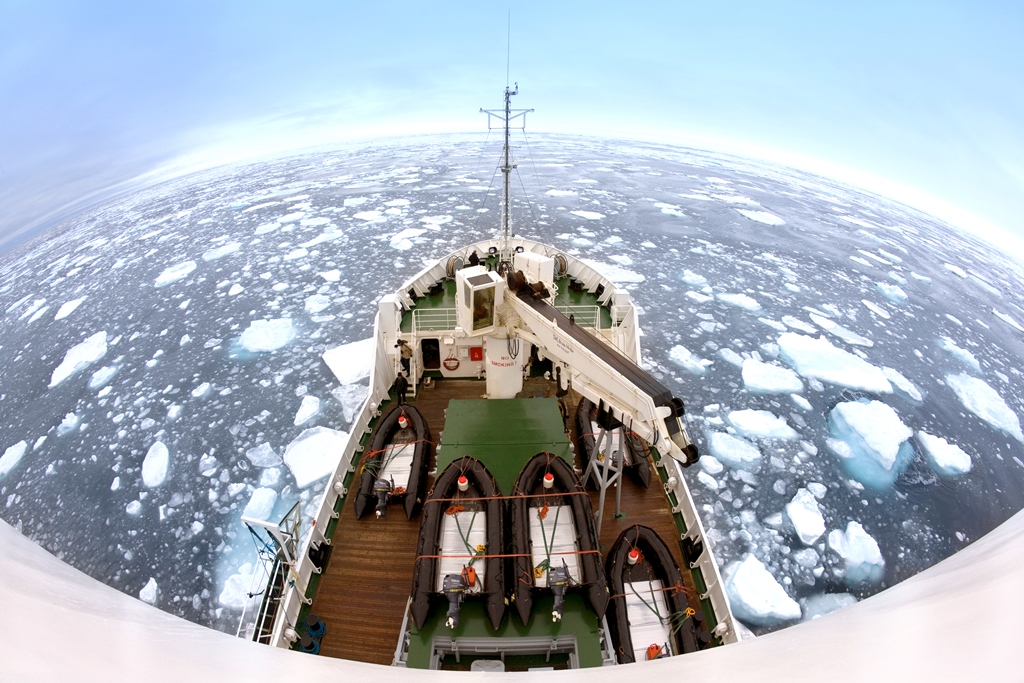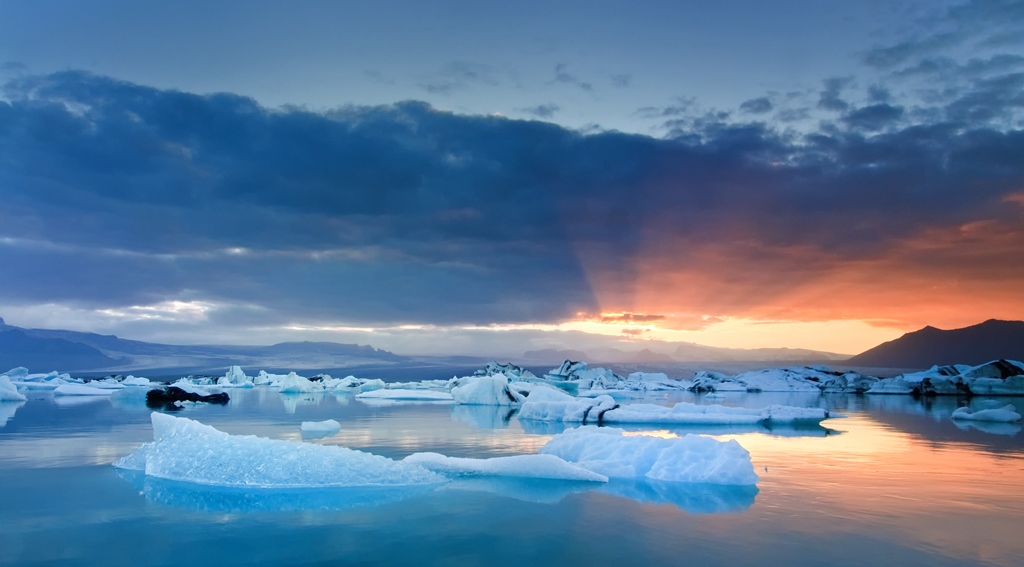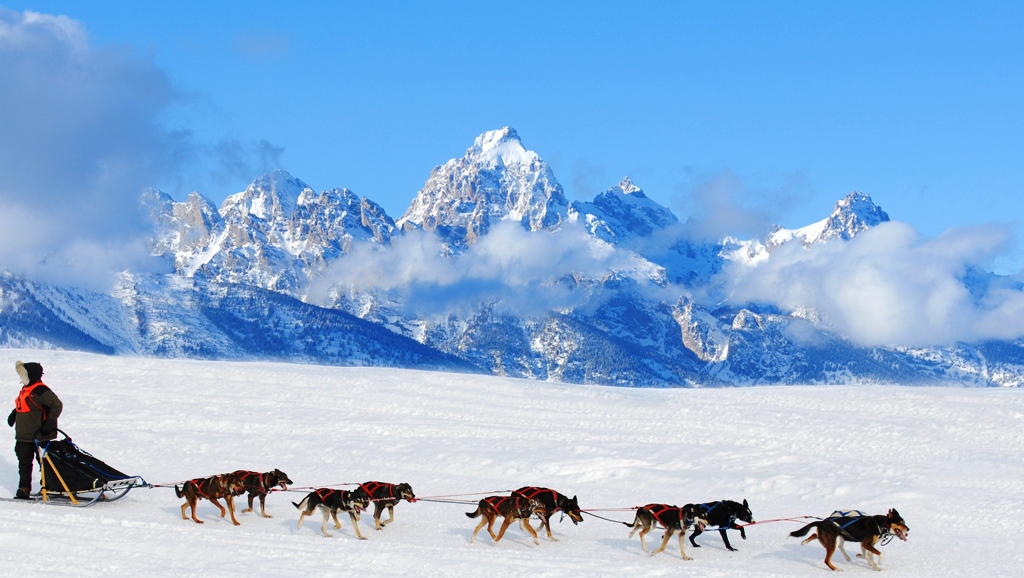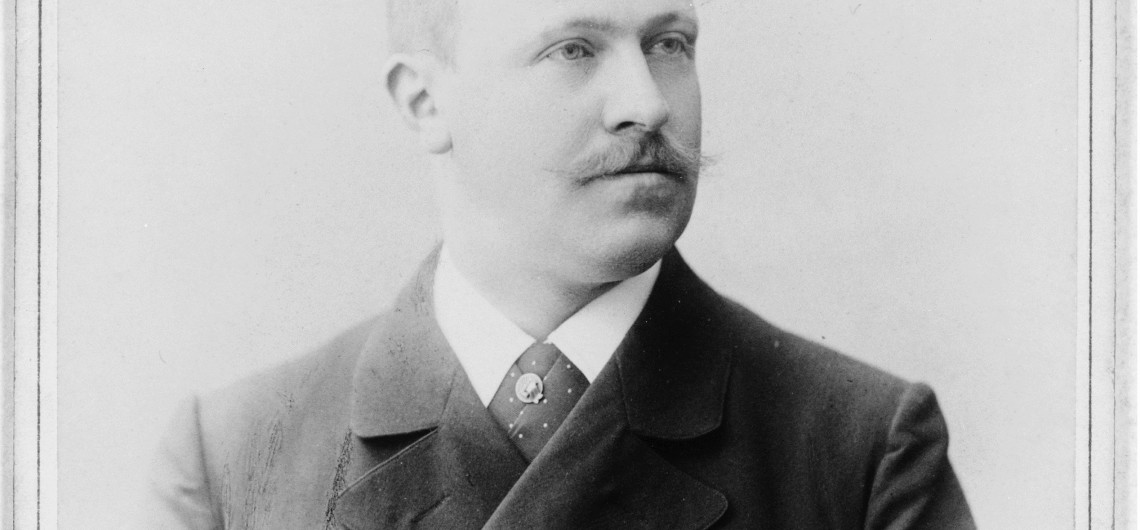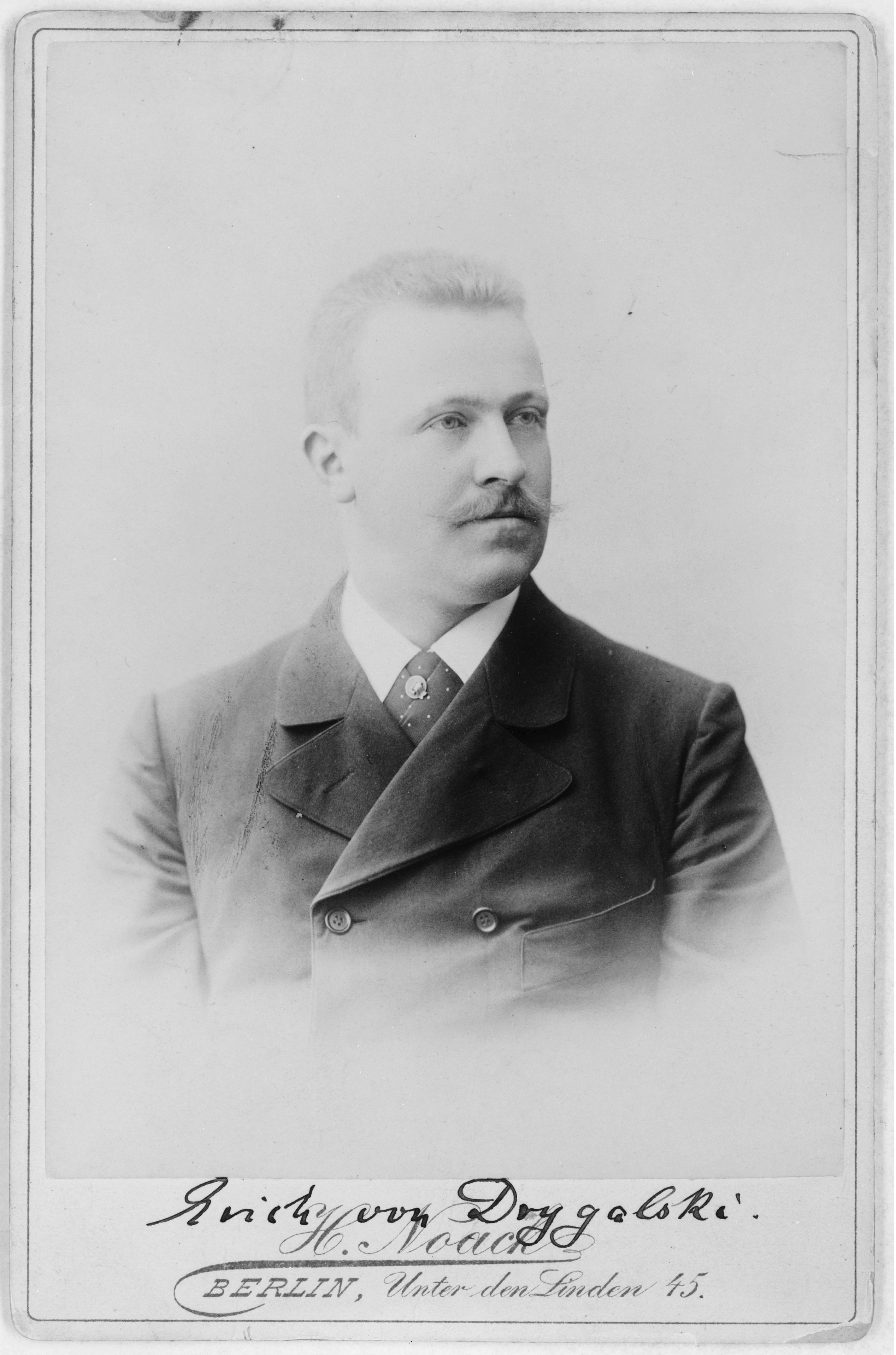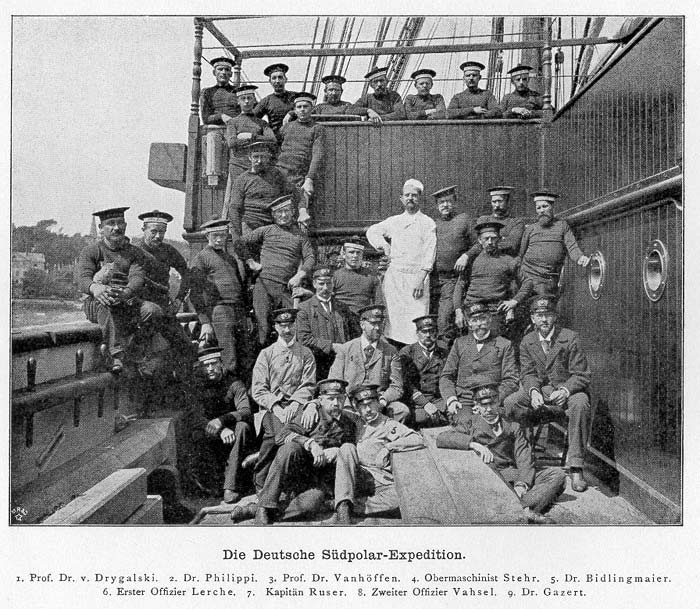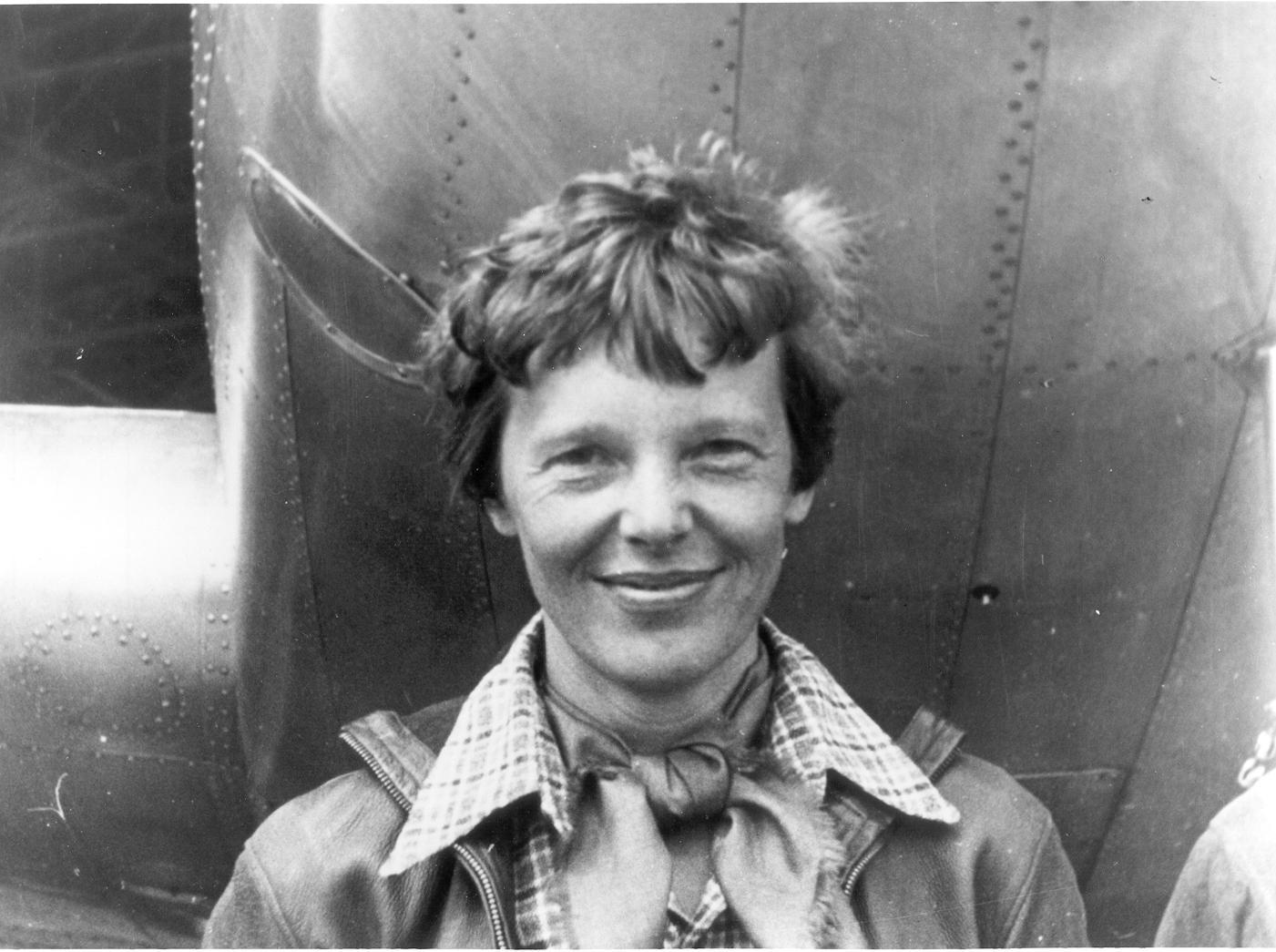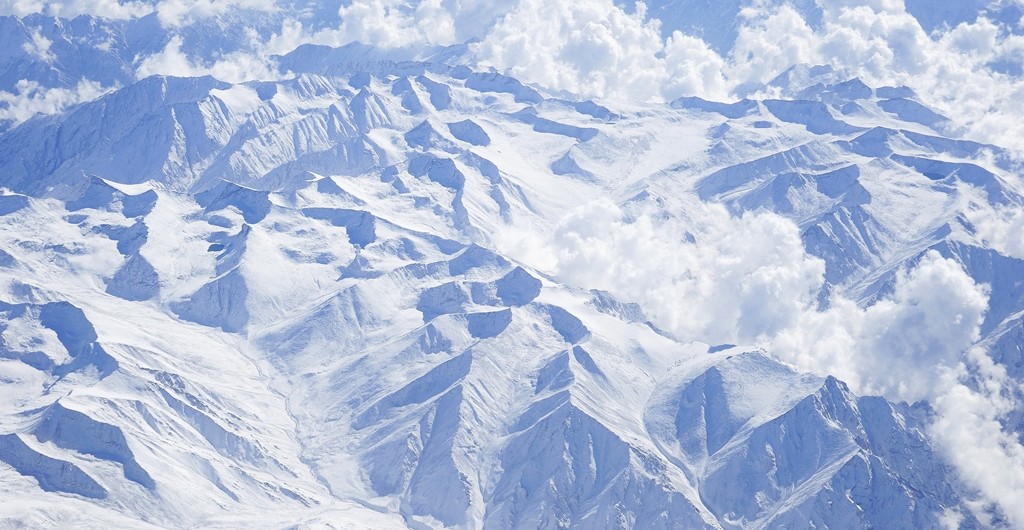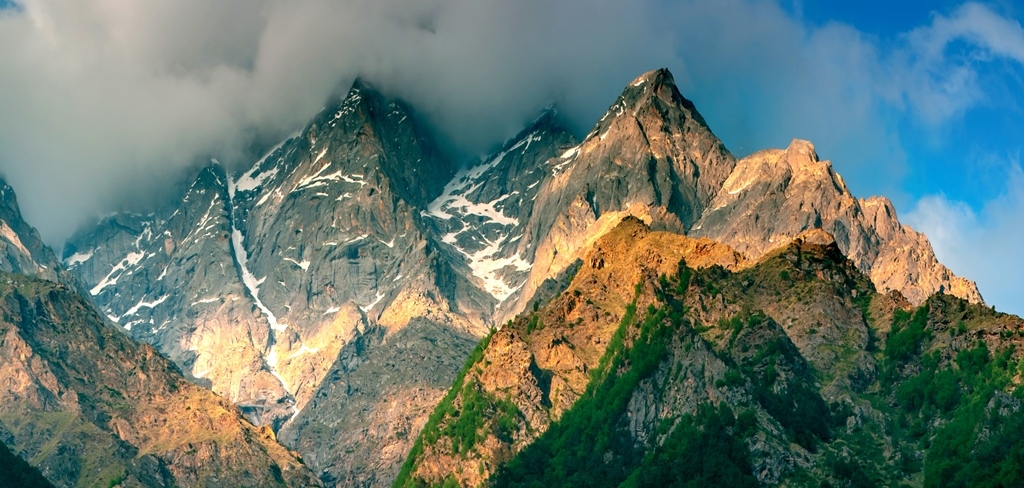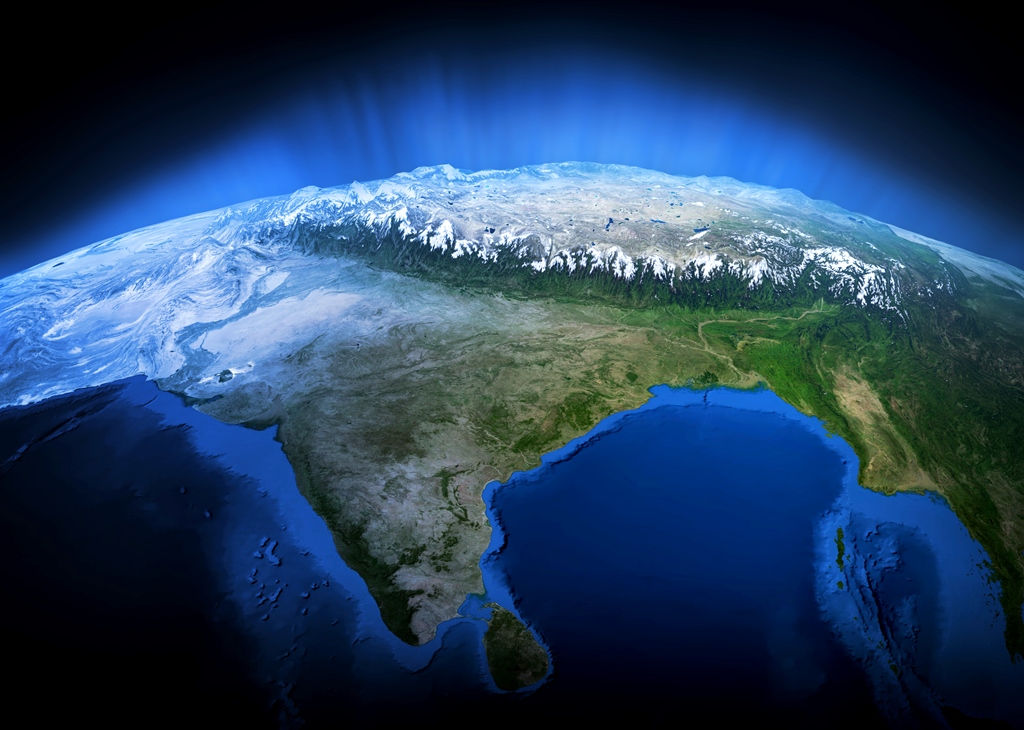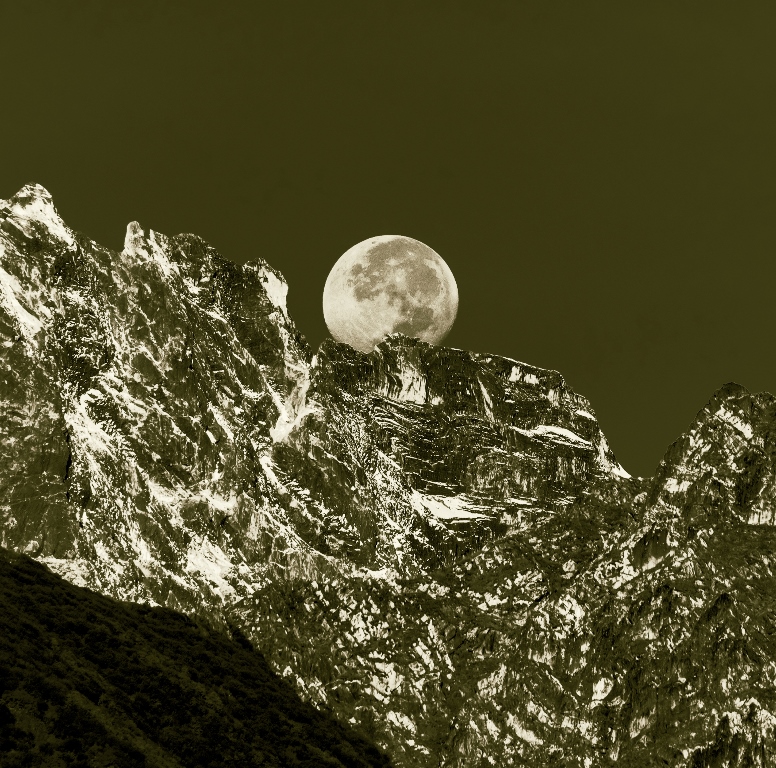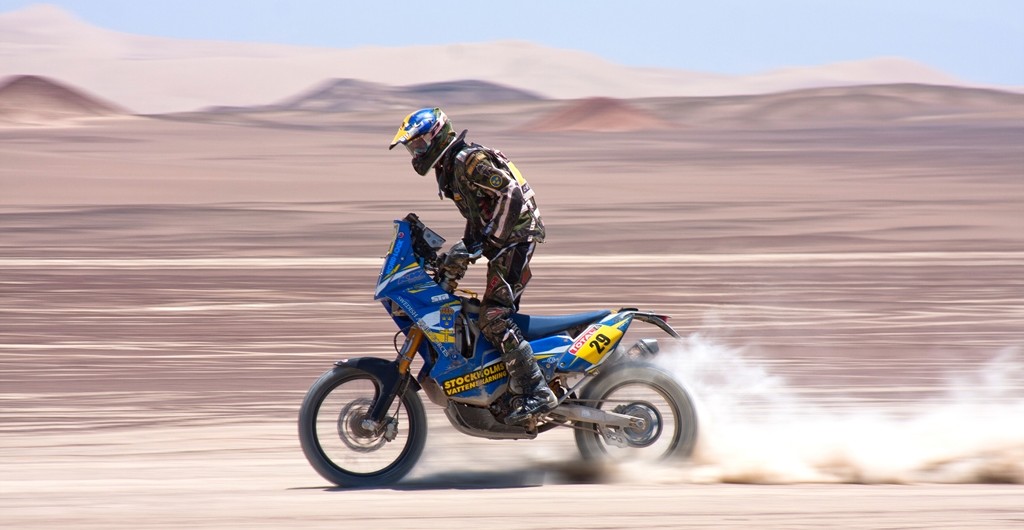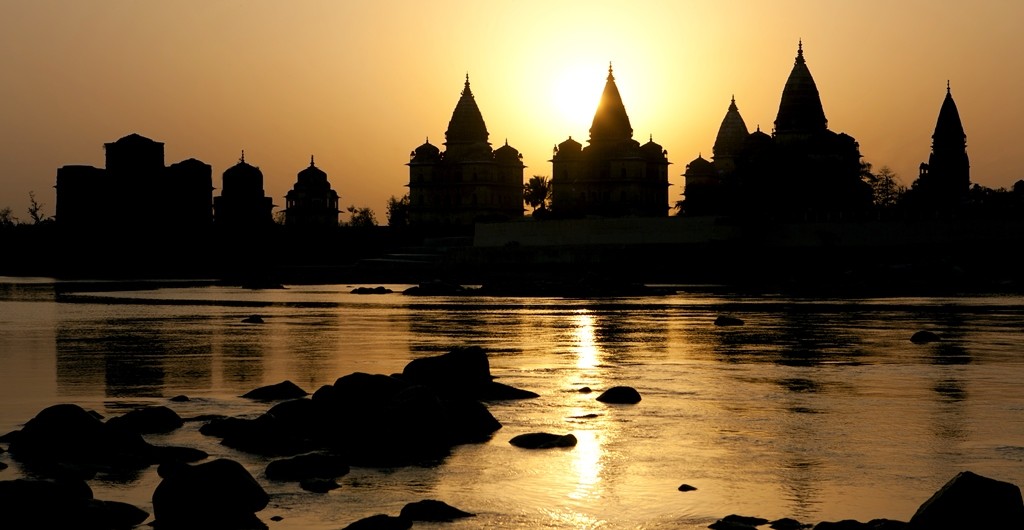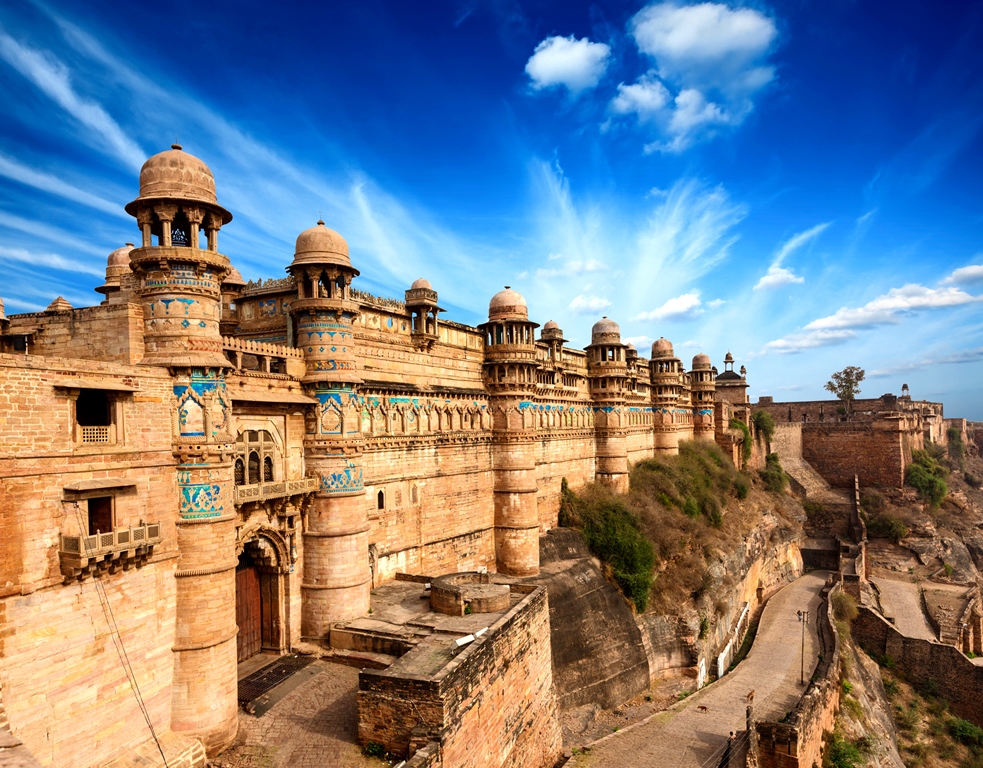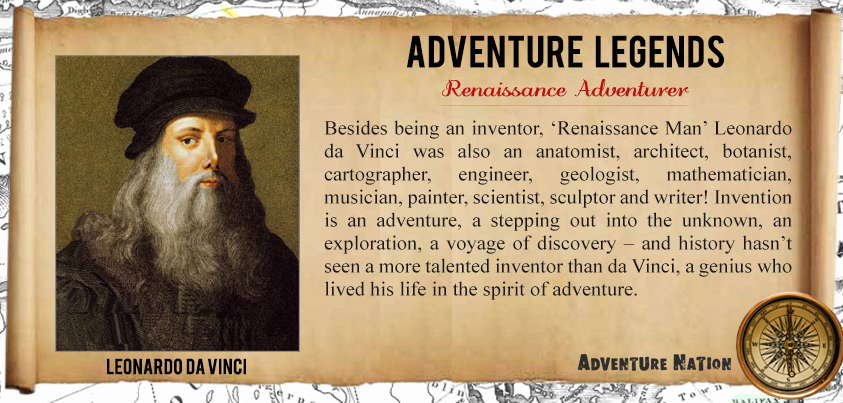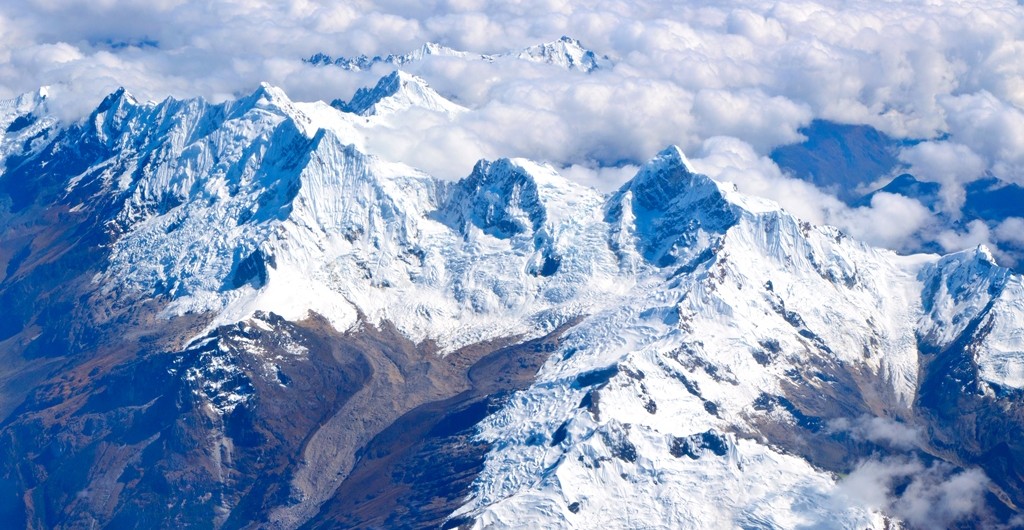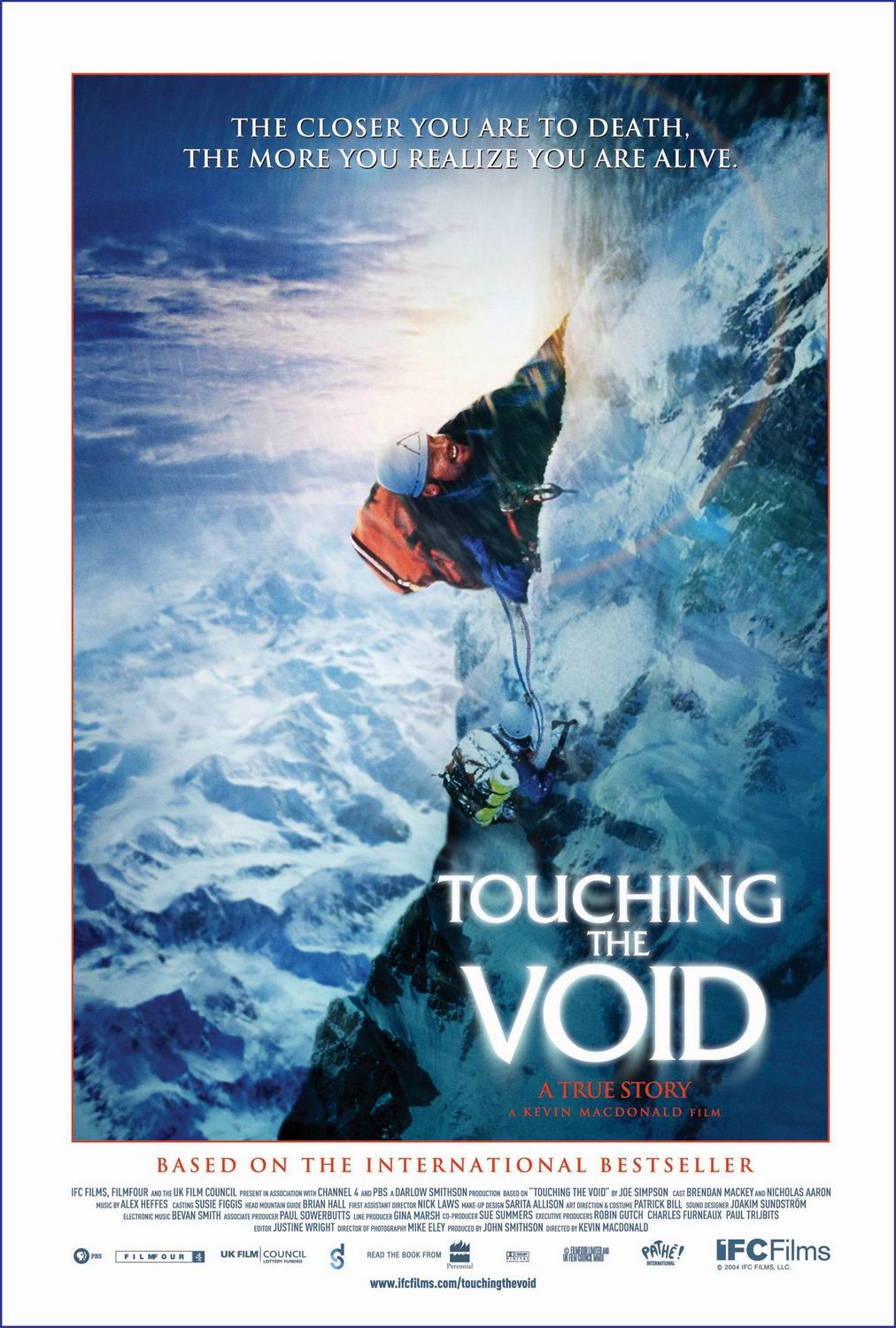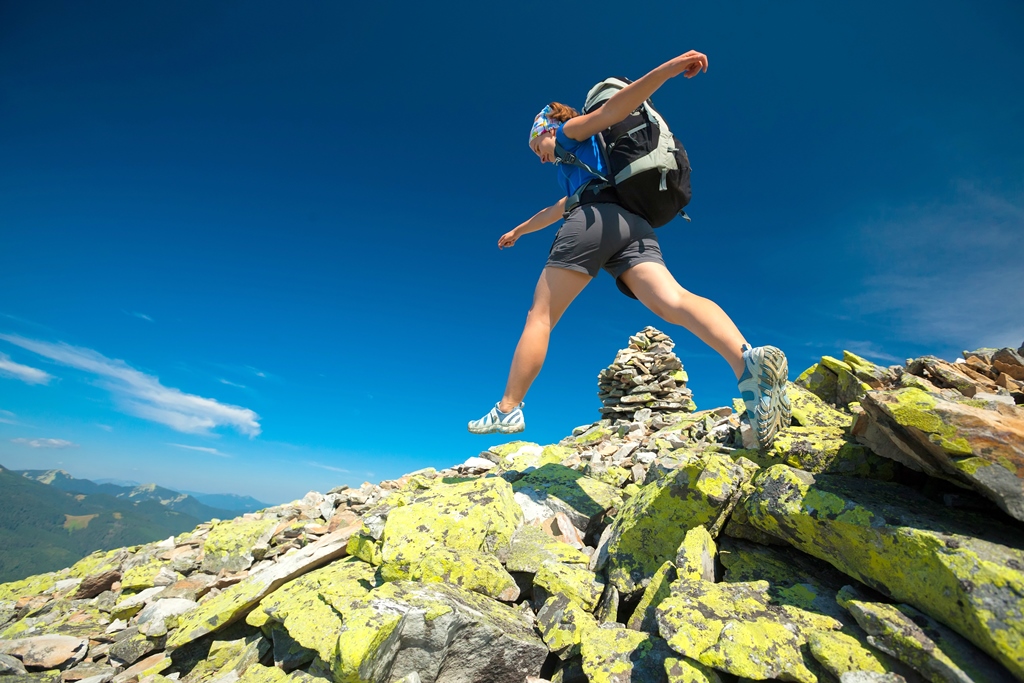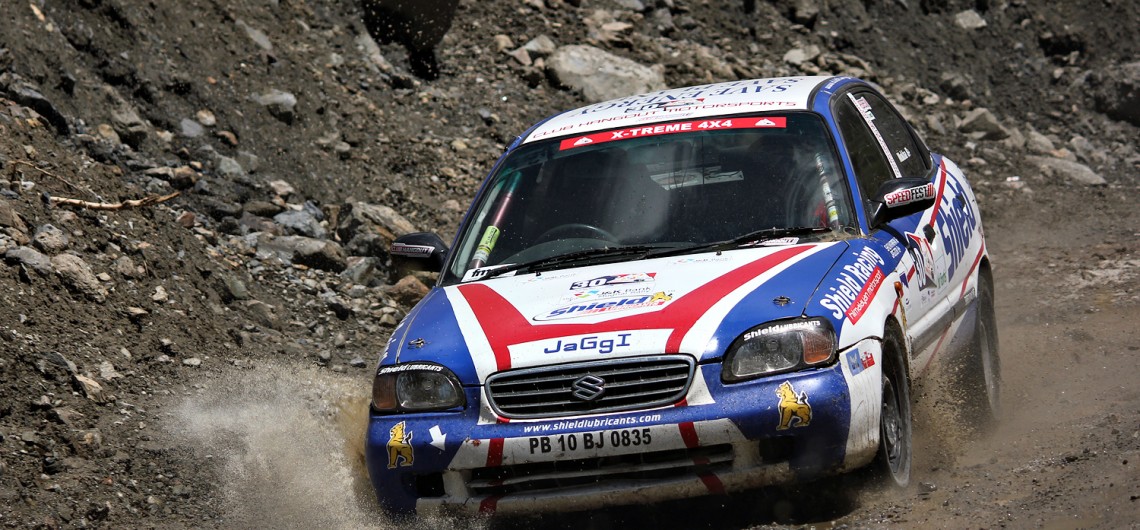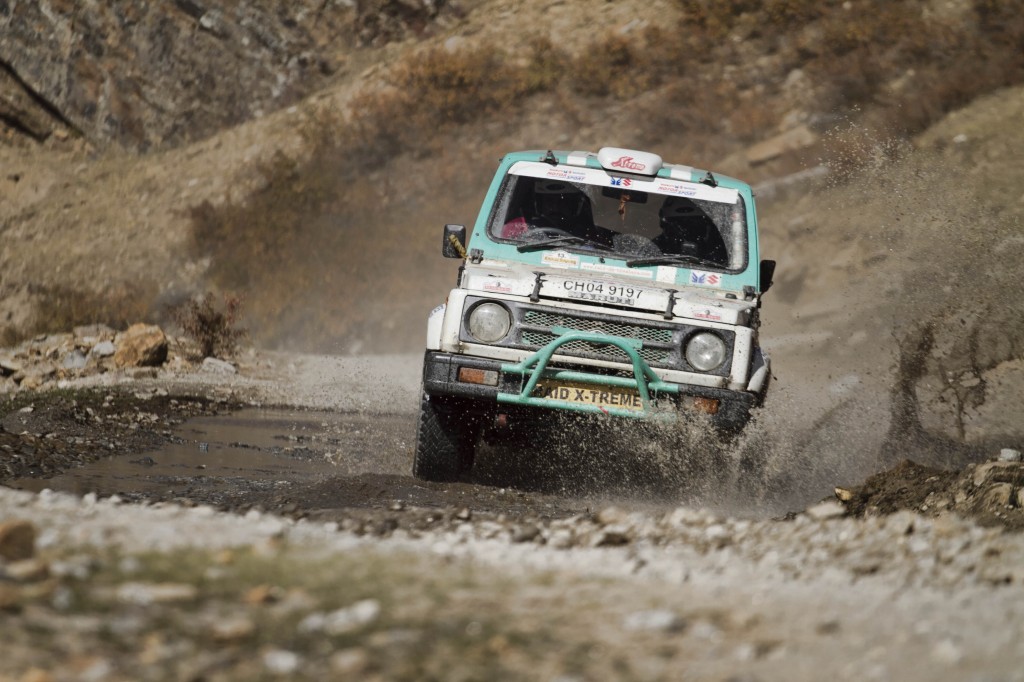Alps Mountain range is one of the most popular in the world. It attracts millions of tourists every year from all over the world. Here are some interesting facts about the Alps:
- The formation of the Alps started some 300 million years ago. It was a process spread between various episodes from the Paleozoic Era to the Mesozoic Era to the Jurassic Period. From a single tectonic plate, the Pangaean supercontinent broke into many plates, thus forming the Tethys Sea between Laurasia and Gondwana. Mountain ranges called the Alpide belt were formed when the Tethys was squeezed between the colliding plates – a process that continues till now. This orogenic process led to the formation of the Alps, caused by the collision between the Eurasian and the African plates.

Aerial View of the Swiss Alps - Covering eight counties, the Alps are located in Middle-Southern Europe and cover a distance of 1,200 km. This crescent shaped mountain range is majorly divided into Western Alps and Eastern Alps. The division is along the line from Lake Constance through the Rhine to Lake Como. The Western Alps are located in Italy, France, Monaco and Switzerland, the Eastern Alps in Austria, Germany, Italy, Liechtenstein, Slovenia and Switzerland.
- Alps have been extremely important from a historical point of view. Even before antiquity, countless numbers of armies crossed the Alps, including Caesar and other Roman leaders during the expansion of the Roman Empire. In the Middle Ages, post the fall of the Roman Empire, barbarian hordes looking for a new settlement migrated through the Alps.
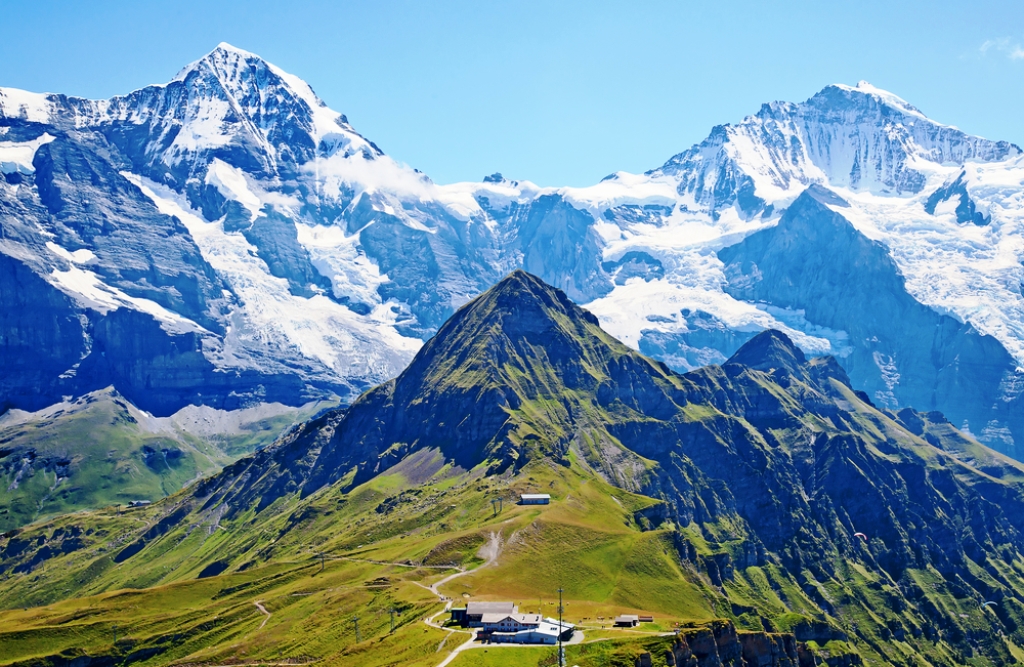
Famous Mount Jungfrau in the Swiss Alps - In 1991, a mummified man nick-named Otzi the Iceman was found at the Austrian/Italian border in the Alps. It is said to be 5,000 years old. In the Drachloch cave above the village of Vattis in the canton of St. Gallen, radiocarbon dated charcoal placed around 50,000 years ago was found. It proved that the high peaks in the Alps were visited by prehistoric people.

